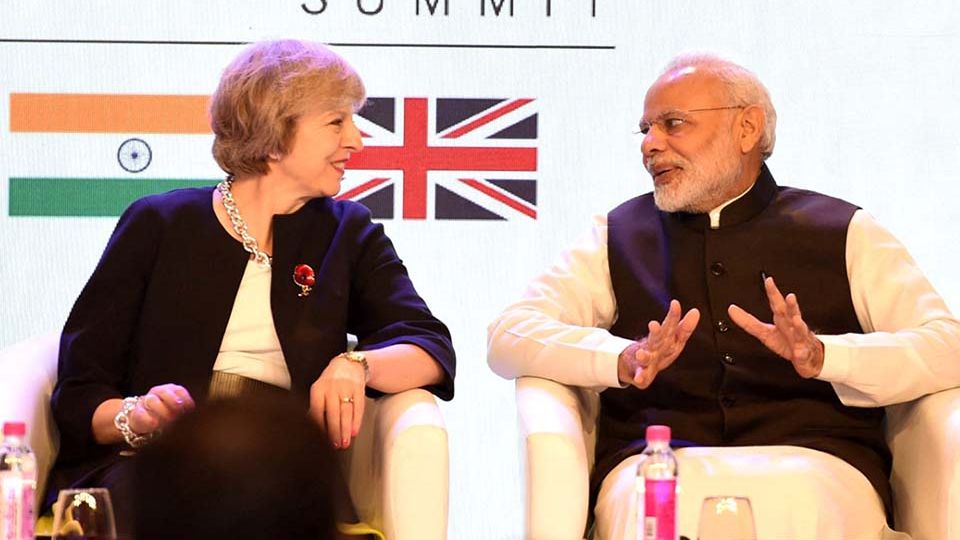July 28, 2025
NEW DELHI – After years of cautious negotiations, India and the United Kingdom have finally inked a free trade agreement that promises a new chapter in economic cooperation. Though modest in scale at £6 billion, the deal carries outsized symbolic and strategic value. It signals not just a commercial handshake but a recalibration of ties between two democracies navigating uncertain global economic winds.
For India, the agreement opens the door to the UK market in sectors long constrained by high tariff barriers ~ especially textiles, jewellery, electric vehicles, and processed food. These are not mere export categories but critical levers of employment and regional growth, particularly for MSMEs. The easing of tariffs provides Indian manufacturers a meaningful edge, just as global demand in post-Covid economies becomes more price sensitive. The UK, on the other hand, secures a crucial foothold in India’s growing consumer market, especially for its whisky, cars, aerospace components, and high-end manufactured goods.
By cutting export duties ~ whisky tariffs, for instance, halved from 150 per cent to 75 per cent ~ British producers can now realistically compete with other exporters vying for the Indian middle class. The geopolitical subtext is equally clear: post-Brexit Britain is seeking bilateral leverage, and India offers both market volume and diplomatic clout. Yet the deal isn’t without its fault lines.
Labour groups in the UK have warned of job displacement and wage pressures, particularly in sectors where Indian professionals may now access secondment opportunities with eased social security obligations. While both governments have reiterated that parity in worker rights remains intact, the optics of “outsourcing” in an election conscious Britain could become politically charged. More nuanced are the provisions on security, migration, and innovation cooperation.
Agreements on criminal data sharing, defence collaboration, and technology exchange reflect growing trust between the two states, even as thornier issues ~ such as carbon border taxes and investment protections ~ remain unresolved. The absence of concrete breakthroughs in financial and legal services access also suggests lingering caution. Still, the broader signal is one of mutual pragmatism. The agreement avoids overreach and delivers on tangible benefits without upsetting domestic constituencies on either side. It may lack the grandeur of earlier promised breakthroughs, but in a world where trade diplomacy is increasingly hostage to domestic polarisation, even a limited consensus is progress.
Despite predictable political posturing in London, it is noteworthy that the final agreement includes clauses India has long pushed for ~ especially on social security exemptions and market access for hybrid vehicles. India must now focus on translating this opportunity into real export diversification. If small exporters, digital start-ups, and mid-sized manufacturers are actively supported to access the UK market, the agreement’s impact could extend beyond headline numbers. It is a test not just of diplomacy, but of delivery. What emerges is a compact not defined by what was left out, but by how carefully it balances ambition with realism.


